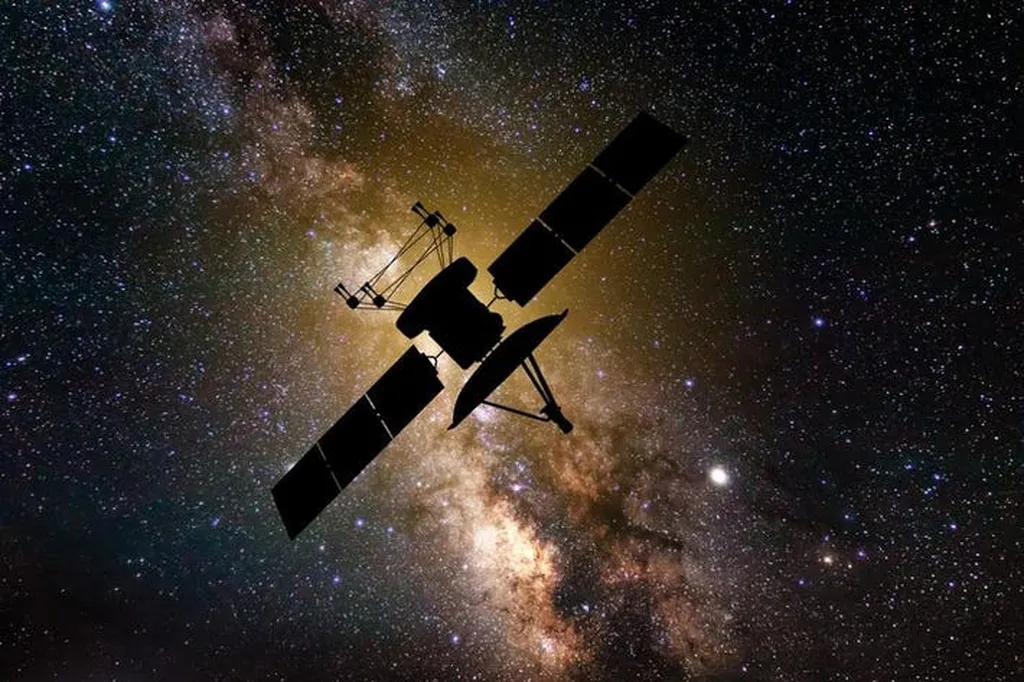On Saturday, as India marked its second National Space Day, Union Minister for Agriculture and Farmers’ Welfare Shivraj Singh Chouhan underscored the growing intersection between space technology and agriculture, calling it a cornerstone of India’s food security and farming transformation.
Addressing a virtual event themed *‘Research and Development in Space Technology for Agricultural Transformation’* at the Indian Council of Agricultural Research (ICAR) in New Delhi, Chouhan highlighted how space science has moved from being a futuristic concept to a practical tool in the hands of farmers. “We all know how important technology and science are in agriculture—and we must take it further,” he said, framing scientists as “modern sages” whose innovations have reshaped farming practices.
The minister’s remarks come at a time when India’s agricultural sector is increasingly relying on satellite data and remote sensing to make informed decisions. From crop yield estimation and acreage assessments to real-time weather updates, space applications now underpin key aspects of farming. The Indian Space Research Organisation’s (ISRO) GeoPortal, for instance, provides farmers with near-accurate forecasts on rainfall, drought, and soil moisture—replacing age-old reliance on folklore and guesswork. “Farmers now plan their sowing, irrigation, and harvesting based on this data,” Chouhan noted, adding that the system also integrates crop health monitoring and pest detection through farmer-uploaded images.
Beyond weather and yield predictions, space technology plays a critical role in disaster mitigation. Timely warnings about heatwaves, storms, or prolonged dry spells allow farmers to take preemptive measures, reducing crop losses. Yet, despite these advancements, Chouhan acknowledged a persistent gap: ensuring that this information reaches farmers directly and in a usable format. The government’s *Viksit Krishi Sankalp Abhiyan*, a recent campaign, aims to bridge this divide by delivering scientific innovations straight to the fields.
The event also brought to light pressing on-ground challenges. Farmers participating in the campaign raised concerns about the proliferation of counterfeit fertilisers and pesticides, which have led to crop damage—particularly in soybean fields, where incorrect pesticide use has resulted in burned harvests. “This is a serious issue causing financial losses to farmers,” Chouhan said, urging scientists to prioritise developing portable, affordable devices to detect adulteration in agrochemicals.
The minister’s emphasis on space-driven agriculture reflects a broader shift in India’s farming sector, where technology is no longer an auxiliary tool but a necessity. With climate change introducing unpredictability into traditional farming cycles, the integration of satellite data, AI-driven analytics, and real-time monitoring systems offers a way to build resilience. However, the success of these innovations hinges on two factors: accessibility for small and marginal farmers, and the ability of research institutions to address immediate, practical concerns like input authenticity.
As Chouhan put it, the faith in scientists’ capabilities is unwavering—but the test lies in translating cutting-edge research into tangible solutions that can withstand the complexities of India’s agrarian landscape.

